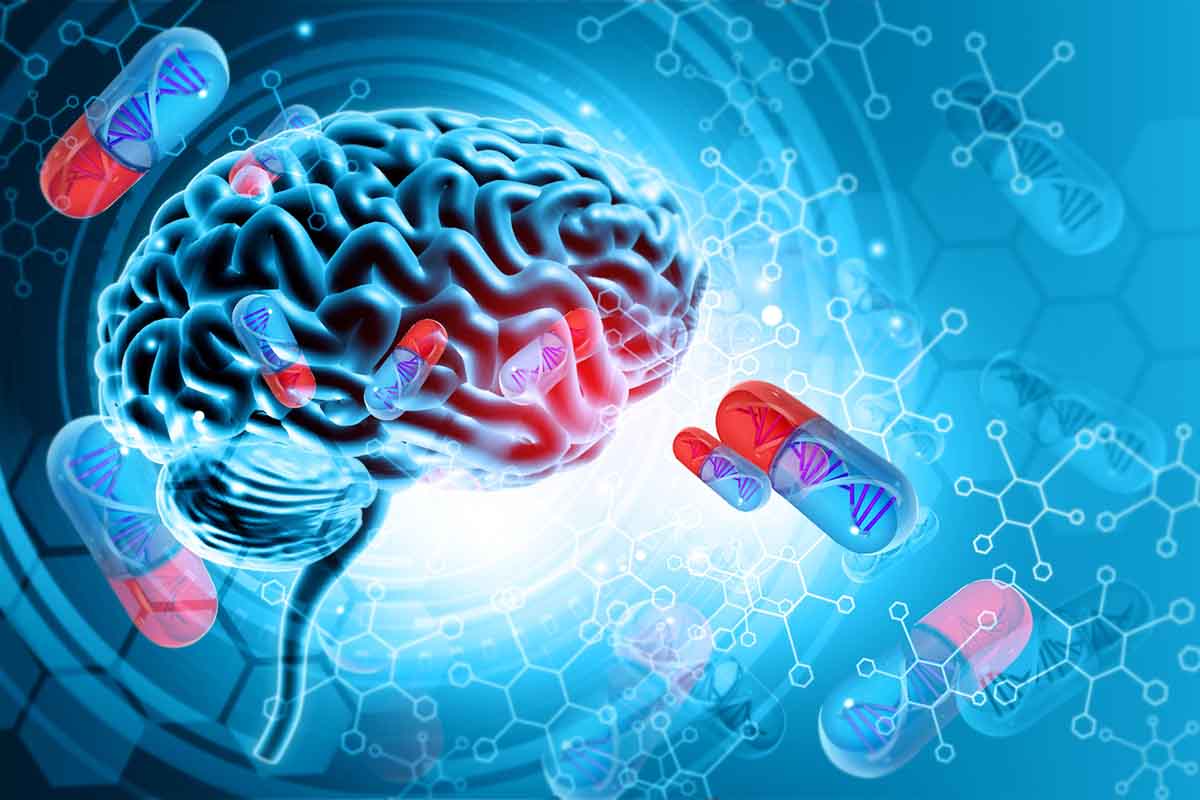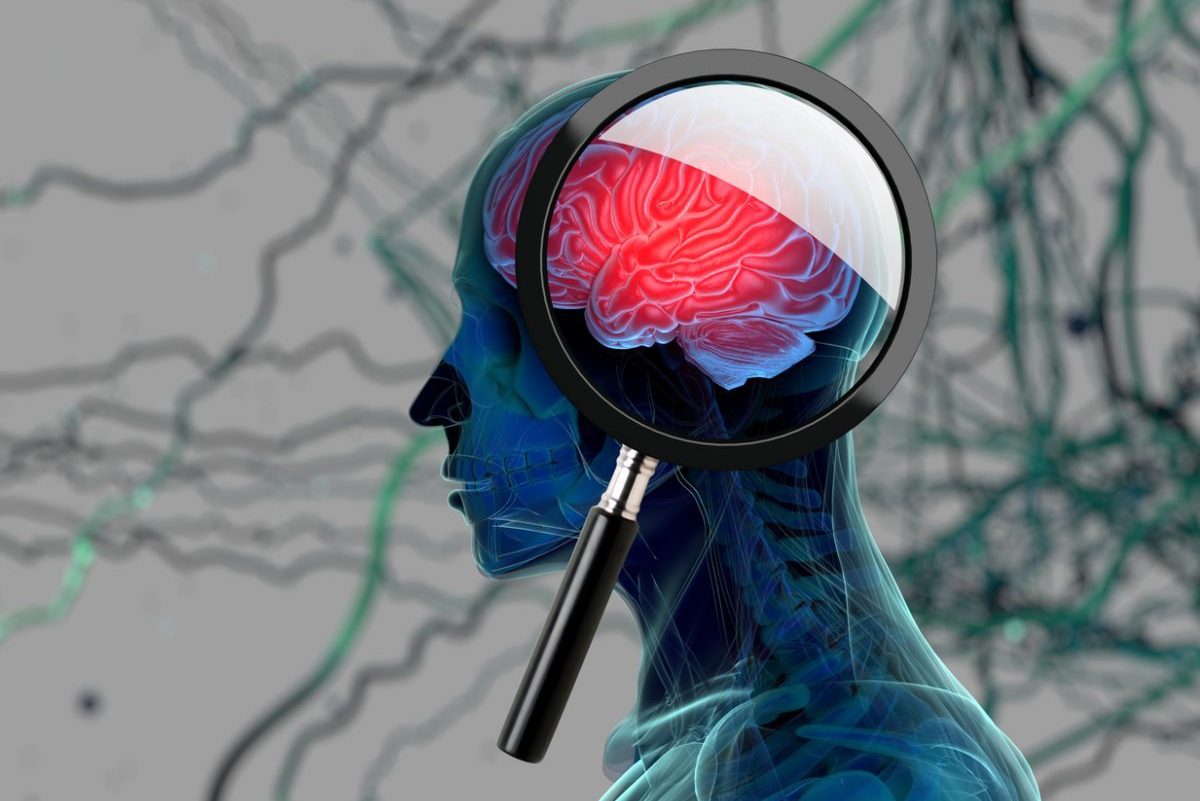Objective: To critically examine the DSM-IV-TR criteria for substance-induced psychotic disorder (SIPD).
Data Sources: Leading electronic databases (such as MEDLINE, PubMed) were searched for the years 1992 through 2007, using combinations of the following key search terms: substance abuse/dependence, alcohol,marijuana, cannabis, methamphetamine, crack, cocaine, amphetamine, ecstasy, ketamine, phencyclidine, LSD, mental health, drug-induced psychosis,substance-induced psychosis, psychosis, and schizophrenia. References identified from bibliographies of pertinent articlesand books in the field were also collected and reviewed.
Data Extraction: Only research studies or case reports/series that presented data on populations diagnosed with SIPD by using clinical or structured diagnostic interviews and that were published in English were used to assess the validity of the current SIPD criteria.
Data Synthesis: We identified 49 articles that presented clinical data on SIPD. Almost half of these publications were case reports, with 18 articles specifically focusing on delineating the clinical characteristics or outcomes of individuals diagnosed with SIPD. While several large studies have recently been conducted to assess the stability of SIPD, there is a dearth of research that rigorously examines the validity of DSM-IV diagnostic criteria across substances.
Conclusions: There remains a striking paucity of information on the outcome, treatment, and best practice for substance-associated psychotic episodes. Further work is clearly required before the advent of DSM-V. We propose an alternative, broader classification that better reflects the current evidence base, inferring association rather than causation.
Please sign in or purchase this PDF for $40.00.




